Garden Crafts for Kids to Cultivate their Green Thumb
Gardening is not just about planting seeds and watering them; it’s an adventure that opens up a world of creativity and exploration for children. In today’s fast-paced digital age, it’s crucial for kids to connect with nature, and what better way to do that than through engaging garden crafts? These activities not only help children learn about plants and their growth but also allow them to express their creativity in unique ways. Imagine your little ones digging in the dirt, planting seeds, and watching their creations flourish! This article explores an array of fun and interactive garden crafts that will surely cultivate a green thumb in every child.
Gardening offers a treasure trove of benefits for children, making it an invaluable activity for their development. Firstly, it promotes physical health by encouraging outdoor play and exercise. Kids get to run around, dig, and plant, which helps them stay active and healthy. Additionally, the act of gardening enhances creativity as children engage in imaginative play, designing their garden spaces and crafting decorative items. But that's not all! Gardening also teaches valuable life skills such as responsibility, patience, and teamwork. When kids take care of their plants, they learn to appreciate the environment and understand the importance of nurturing living things. It’s like a mini boot camp for growing not just plants, but also their character!
Ready to dive into some fun garden crafts? It doesn’t have to be complicated or require a lot of supplies. Here are a couple of simple yet delightful projects that kids can tackle with minimal materials. These crafts are designed to encourage hands-on learning and can be completed in a short amount of time, making them perfect for young gardeners eager to dig in!
Creating seed bombs is a fantastic way to introduce kids to the concepts of plant growth and biodiversity. This hands-on activity allows children to explore different seeds and their natural habitats while getting their hands dirty—literally! Seed bombs are small balls made from a mixture of clay, compost, and seeds, which can be thrown into the ground to grow plants. It's like sending a little green army into the world!
To make seed bombs, you’ll need:
- Clay - This helps hold the mixture together.
- Compost - Provides nutrients for the seeds.
- Wildflower seeds - Choose a variety that suits your local environment.
Here's how to make your very own seed bombs:
- In a bowl, mix together equal parts clay, compost, and seeds.
- Add just enough water to make the mixture damp but not too wet.
- Form the mixture into small balls, about the size of a marble.
- Place the seed bombs on a tray and let them dry for a few days.
- Once dry, they are ready to be tossed into the garden or any bare patch of earth!
Transforming ordinary plant pots into decorative masterpieces is another exciting craft that allows kids to unleash their creativity. With just a few supplies like paint, markers, or stickers, children can personalize their pots, turning them into unique expressions of art. This craft not only fosters artistic expression but also teaches kids about the importance of plant care and responsibility. Imagine the joy on their faces as they see their colorful creations housing vibrant plants!
Keeping a garden journal is a wonderful way for children to document their gardening experiences and observations. This activity promotes reflection and helps kids track plant growth and seasonal changes. A garden journal can be as simple as a notebook where kids can jot down notes, or it can be a creative scrapbook filled with drawings, photos, and pressed flowers. It’s a personal touch that makes the journal a cherished keepsake, encouraging them to stay engaged with their gardening journey.
Encourage kids to include:
- Drawings - Sketch their plants and garden layout.
- Photos - Capture the growth stages of their plants.
- Notes - Write about what they’ve learned and observed.
Incorporating games and activities related to gardening can make learning even more enjoyable. Think scavenger hunts for different plant types, creating garden-themed stories, or even organizing a mini garden fair where kids can showcase their plants. These interactive experiences help reinforce concepts while keeping kids entertained and motivated to explore nature further. It’s all about making learning fun and memorable!
1. What age is appropriate for kids to start gardening?
Most kids can start gardening as early as 3 years old with simple tasks like digging and planting seeds. As they grow, they can take on more responsibilities.
2. Do I need a large space for gardening?
Not at all! Gardening can be done in small spaces like balconies or even indoors with pots and containers.
3. How can I encourage my child to stay interested in gardening?
Make it fun! Incorporate games, crafts, and rewards for their efforts. Celebrate their successes, no matter how small!
4. Are there any specific plants that are easier for kids to grow?
Yes! Some easy-to-grow plants include sunflowers, radishes, and beans. They sprout quickly and are very rewarding!
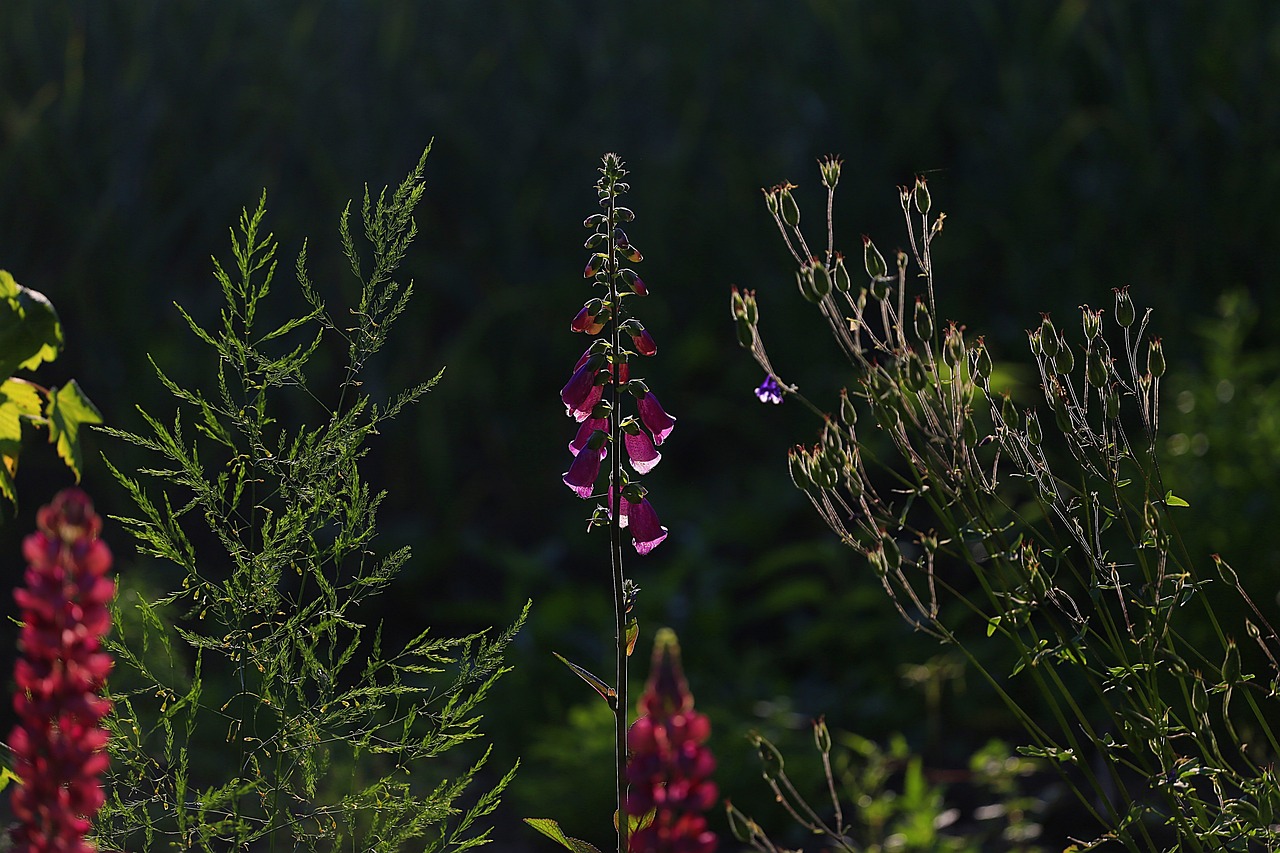
Benefits of Gardening for Kids
Gardening is more than just digging in the dirt; it’s a magical journey that opens up a world of benefits for children. When kids get their hands dirty in the garden, they’re not only having fun but also reaping a multitude of rewards that can shape their development. For starters, physical health plays a significant role. Engaging in gardening activities encourages kids to be active, improving their strength, coordination, and overall fitness. Imagine them running around, planting seeds, or watering plants—it's like a mini workout that feels like play!
Moreover, gardening fosters creativity and imagination. Children have the chance to design their own garden spaces, choose colorful flowers, and even experiment with different plant arrangements. This hands-on experience nurtures their artistic side, allowing them to express themselves in ways they might not be able to in a classroom setting. Just think about it: a child who plants a rainbow of flowers is not just growing plants; they’re creating a living canvas!
Another essential aspect of gardening is the development of life skills. Kids learn responsibility when they care for their plants, understanding that every living thing requires attention. They also gain patience, as they wait for seeds to sprout and flowers to bloom. This waiting game teaches them that good things take time, a valuable lesson that extends far beyond the garden. Additionally, gardening can spark an interest in science as children observe how plants grow, learn about ecosystems, and understand the importance of biodiversity.
To sum it up, the benefits of gardening for kids can be grouped into several key areas:
- Physical Health: Encourages activity and outdoor play.
- Creativity: Provides a platform for artistic expression.
- Life Skills: Teaches responsibility, patience, and the basics of science.
- Environmental Awareness: Instills a sense of appreciation for nature and sustainability.
All these benefits combine to create a rich, engaging experience that not only connects children with nature but also helps them grow into well-rounded individuals. So, the next time you see your child digging in the garden, remember that they are not just playing; they are cultivating their green thumb and nurturing skills that will serve them for a lifetime!
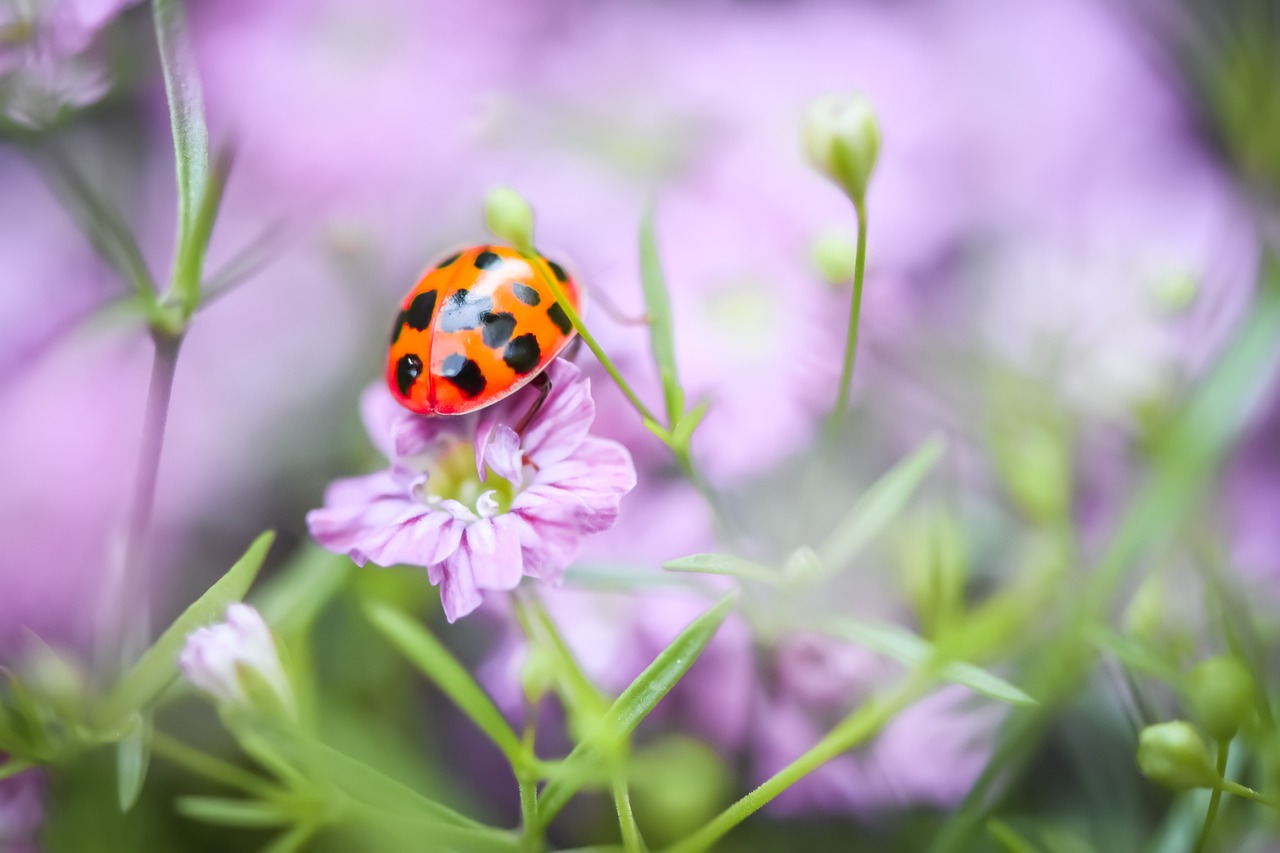
Simple Garden Crafts to Get Started
Getting kids involved in gardening is not just about planting seeds; it's about nurturing their creativity and curiosity. There are countless ways to dive into the world of gardening crafts that are both simple and engaging. These projects require minimal supplies, making them perfect for a spontaneous afternoon in the garden or a weekend family activity. Whether you have a sprawling backyard or a small balcony, these crafts will ignite a passion for nature and the joy of growing things.
One of the best ways to start is by making seed bombs. This hands-on project not only allows kids to explore different types of seeds but also teaches them about the importance of biodiversity. Imagine them mixing clay, compost, and seeds, forming small balls, and then eagerly throwing them into the garden or a bare patch of earth. It's like a treasure hunt, but instead of gold, they are planting a future garden! And the best part? They get to see the fruits of their labor bloom into beautiful flowers.
To create seed bombs, you’ll need to gather some simple materials:
- Clay
- Compost
- Wildflower seeds
- Water
Once you have everything, the process is straightforward and fun. Kids can mix the ingredients, form them into balls, and let them dry. This simple activity not only teaches them about planting techniques but also connects them with the earth in a tactile way.
Another fantastic craft is decorating plant pots. This activity allows children to unleash their inner artist. You can provide them with plain terracotta pots and a variety of supplies like paint, markers, stickers, and even natural materials like leaves and flowers. As they transform ordinary pots into unique masterpieces, they learn about the importance of plant care. Plus, every time they water their plants, they’ll be reminded of their creative expression!
These garden crafts are more than just fun activities; they serve as a gateway for kids to explore the wonders of nature. They learn about responsibility by caring for their creations and develop an appreciation for the environment. So, grab some supplies, roll up your sleeves, and let the gardening adventures begin!
Q: What age group is suitable for these garden crafts?
A: These crafts are ideal for children aged 5 and up. Younger kids can participate with adult supervision and assistance.
Q: How much time do these crafts typically take?
A: Most of these projects can be completed in about 1-2 hours, making them perfect for a fun afternoon or weekend activity.
Q: Can these crafts be done indoors?
A: Yes! Many of these activities, like decorating plant pots, can be done indoors. Just ensure you have a suitable workspace and cover surfaces to prevent mess.
Q: What if I don't have all the materials?
A: Get creative! You can often substitute materials with items you already have at home. For example, old newspapers can be used for seed bombs instead of clay.
Q: How can I encourage my child to maintain their garden?
A: Make it a routine! Set specific days for watering, weeding, and checking on the plants. Celebrate the progress and growth together to keep their enthusiasm alive.

Planting Seed Bombs
Creating seed bombs is not just a fun activity; it's a delightful way for kids to learn about the wonders of nature while getting their hands a little dirty. Imagine this: small, colorful balls that burst with life when they meet the earth. These little bombs are packed with seeds, clay, and compost, and they serve as a fantastic introduction to the concept of biodiversity. By engaging in this hands-on project, children can explore various seeds and their natural habitats, all while fostering a deeper connection with the environment.
To get started, you'll need a few simple materials. Gather up some clay, compost, and a mix of wildflower seeds. These ingredients are not only easy to find but also provide a great opportunity for kids to learn about the different types of plants they can grow. The process of making seed bombs is like a mini science experiment in the backyard, where children can observe the transformation of raw materials into something that has the potential to sprout into beautiful flowers.
Now, let's dive into the step-by-step instructions for making these seed bombs:
- Mix the Ingredients: In a bowl, combine equal parts of clay, compost, and seeds. This mixture allows the seeds to have the nutrients they need while being protected by the clay.
- Form the Balls: Once the mixture is well combined, take small amounts and roll them into balls about the size of a marble. This is where the fun begins, as kids can get creative with the size and shape of their seed bombs!
- Drying Time: Place the seed bombs on a tray and leave them to dry for 24-48 hours. This step is crucial because it ensures that the bombs hold together when they are eventually thrown into the soil.
Once your seed bombs are dry, it's time for the real magic to happen! Kids can take them to a local park, their backyard, or any area that needs a splash of color. Just toss the bombs onto the soil, and with a little rain and sunshine, they will eventually break apart and sprout into vibrant wildflowers. It’s like sending little pieces of joy into the world, and the excitement of seeing them grow will keep kids engaged and curious about nature.
In addition to being a fun craft, planting seed bombs teaches kids about plant growth, ecosystems, and the importance of taking care of our planet. It’s a hands-on experience that cultivates not only their green thumbs but also their appreciation for the beauty of the natural world.
Q: What types of seeds can be used in seed bombs?
A: You can use a variety of wildflower seeds, herb seeds, or even vegetable seeds. Just be sure to choose seeds that are native to your area for the best results!
Q: Can we make seed bombs indoors?
A: Yes, you can make them indoors! Just be sure to have a clean workspace and some newspaper or a tray to catch any mess.
Q: How long do seed bombs last?
A: When stored in a cool, dry place, seed bombs can last for several months, so you can make them ahead of time and use them when the weather is right!
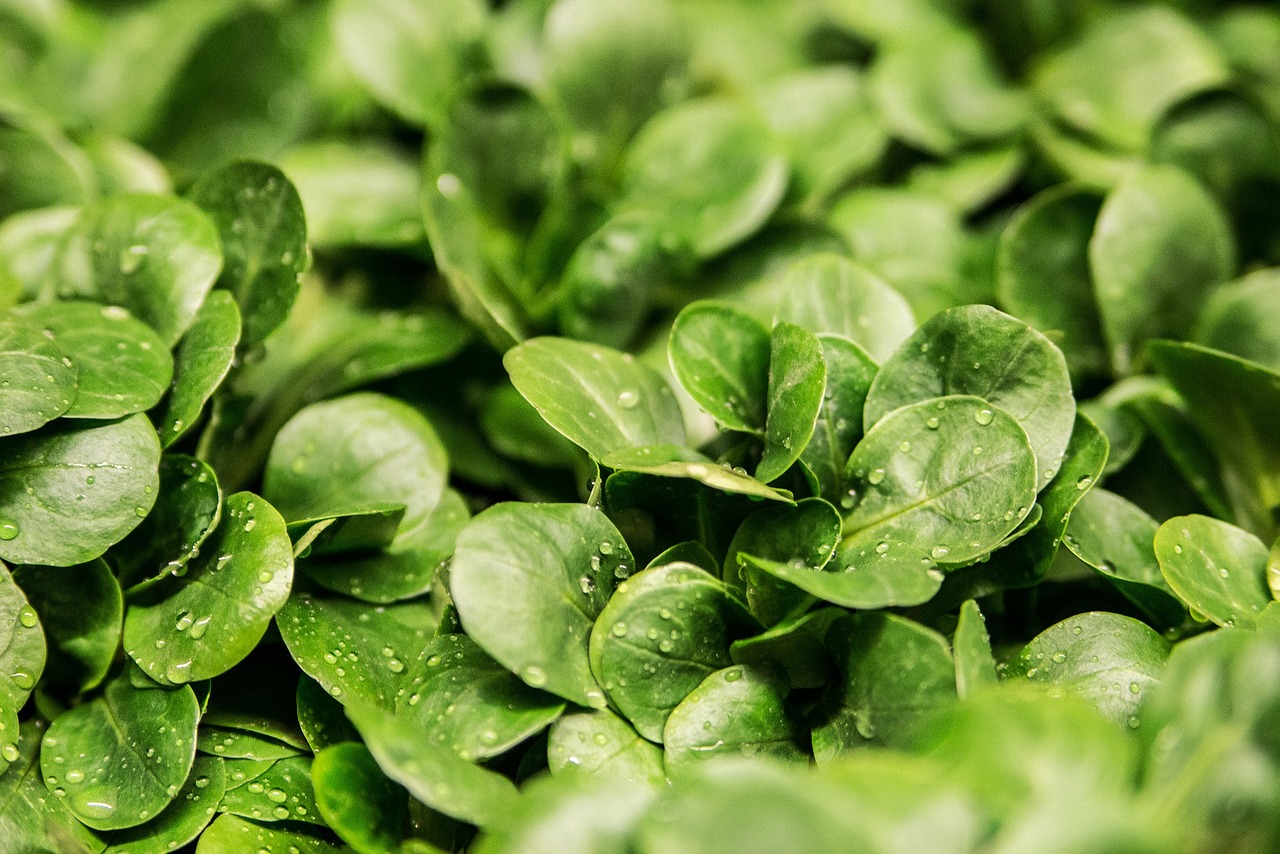
Materials Needed
To embark on the exciting journey of creating seed bombs, you'll need to gather a few essential materials. The beauty of this project lies in its simplicity and accessibility, making it perfect for kids eager to dive into the world of gardening. Here’s what you’ll need:
- Clay: This serves as the binding agent for your seed bombs. Natural clay is ideal, as it holds everything together while allowing the seeds to germinate once they are planted.
- Compost: Rich in nutrients, compost provides the necessary food for your seeds. It’s like a nutritious meal for your plants, ensuring they have a healthy start.
- Wildflower Seeds: Choose a variety of native wildflower seeds that thrive in your local environment. This not only enhances biodiversity but also supports local pollinators like bees and butterflies.
- Water: A little moisture is crucial for mixing the ingredients and forming the seed bombs. Just a splash will do to get everything combined without making it too soggy.
Once you have these materials ready, you’re all set to start mixing and molding. The process is not only fun but also educational, as kids learn about the importance of each component in the ecosystem. Plus, it’s a fantastic way to get their hands dirty and connect with nature in a meaningful way.
Remember, the quality of your materials can affect the success of your seed bombs. Opting for organic compost and non-GMO seeds can enhance the experience, making it even more rewarding when those beautiful flowers bloom. So, gather your supplies, roll up those sleeves, and let the gardening adventure begin!
Q: Can we use any seeds for seed bombs?
A: It's best to use native wildflower seeds that are appropriate for your local climate. This ensures they will thrive and attract local wildlife.
Q: How long do seed bombs take to grow?
A: Depending on the type of seeds used and the environmental conditions, it can take anywhere from a few weeks to a couple of months for the seeds to germinate and grow.
Q: Can we make seed bombs indoors?
A: While you can mix the ingredients indoors, it's best to dry and use them outdoors where they can be planted in suitable soil.
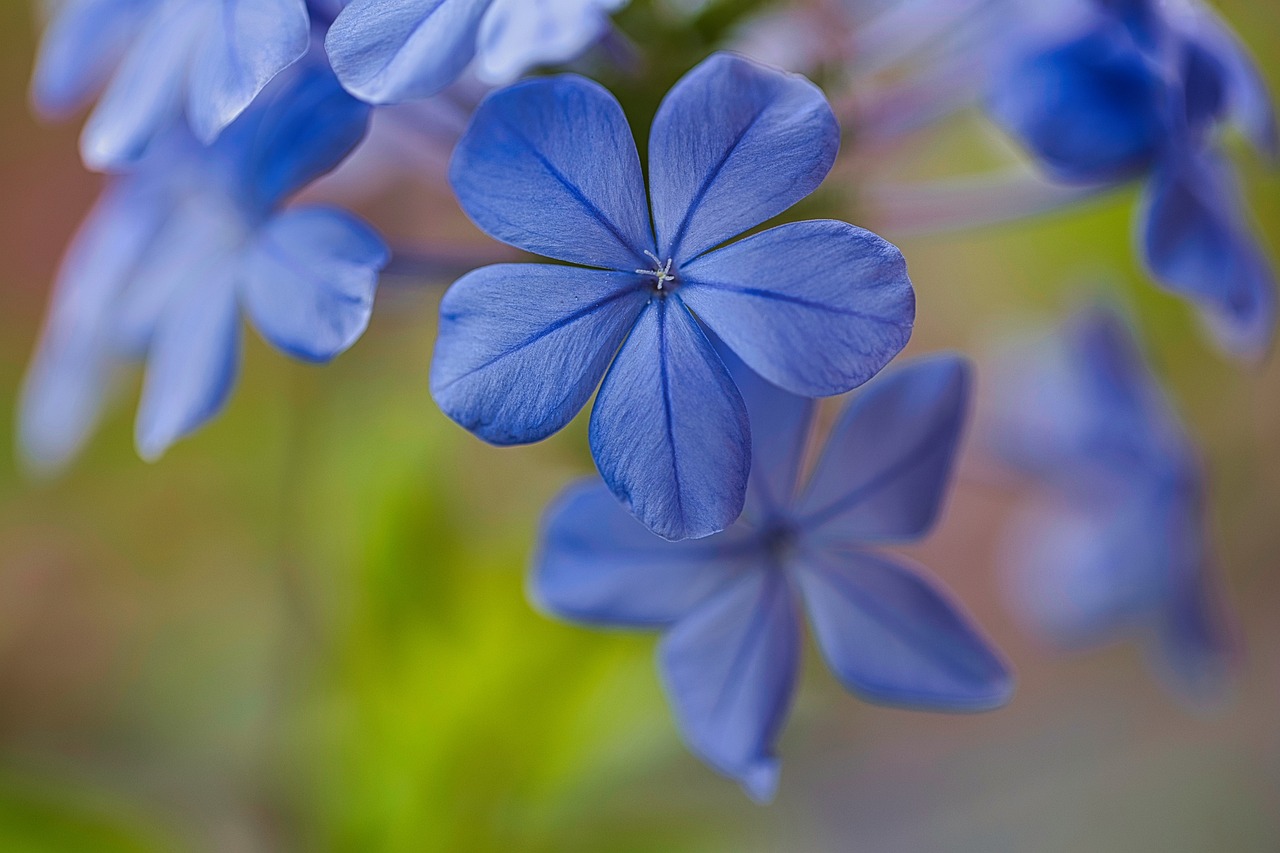
Step-by-Step Instructions
Creating seed bombs is not only a fun activity but also an exciting way to learn about nature. To begin, gather your materials. You'll need clay, compost, and a selection of wildflower seeds. These ingredients are not only easy to find but also eco-friendly, making the entire project a sustainable choice. Once you have everything, prepare a clean workspace—perhaps outside, where the magic of gardening truly begins!
Now, let’s dive into the step-by-step process:
- Mix your ingredients: In a large bowl, combine one part clay, three parts compost, and a handful of seeds. The seeds can vary depending on your local environment and what flowers you’d like to see bloom. This mix is where the fun starts, as kids can experiment with different types of seeds!
- Add water: Gradually add water to the mixture until it reaches a consistency that allows you to mold it into balls. Be careful not to make it too wet, as you want the mixture to hold together without falling apart.
- Form the seed bombs: Take small portions of the mixture and roll them into balls, about the size of a marble. This step is where kids can really get their hands dirty, which is often the best part of any gardening project!
- Drying time: Place the formed seed bombs on a tray or newspaper and let them dry in a shaded area for 24 to 48 hours. This drying process is crucial as it hardens the bombs, making them easier to handle and plant later on.
- Planting: Once dry, these seed bombs are ready to be used! Kids can toss them in their garden, in flower beds, or even in empty lots. The beauty of seed bombs is that they can be scattered anywhere, allowing nature to take its course.
Throughout this process, children not only learn about the steps involved in planting but also gain an understanding of biodiversity and the importance of different plant species. Plus, there’s something incredibly satisfying about watching their hard work blossom into colorful flowers!
Q: What types of seeds work best for seed bombs?
A: Wildflower seeds are ideal as they are often native to the area, supporting local wildlife. However, any seeds that are easy to grow can work!
Q: Can we use other materials besides clay and compost?
A: While clay and compost are recommended for their binding properties, you can experiment with other natural materials like potting soil or even paper pulp.
Q: How long do seed bombs last?
A: If kept dry, seed bombs can last for several months. Just make sure they are stored in a cool, dry place until you're ready to use them!
Q: Is this activity suitable for all ages?
A: Yes! With adult supervision, even young children can participate in the fun of making seed bombs.
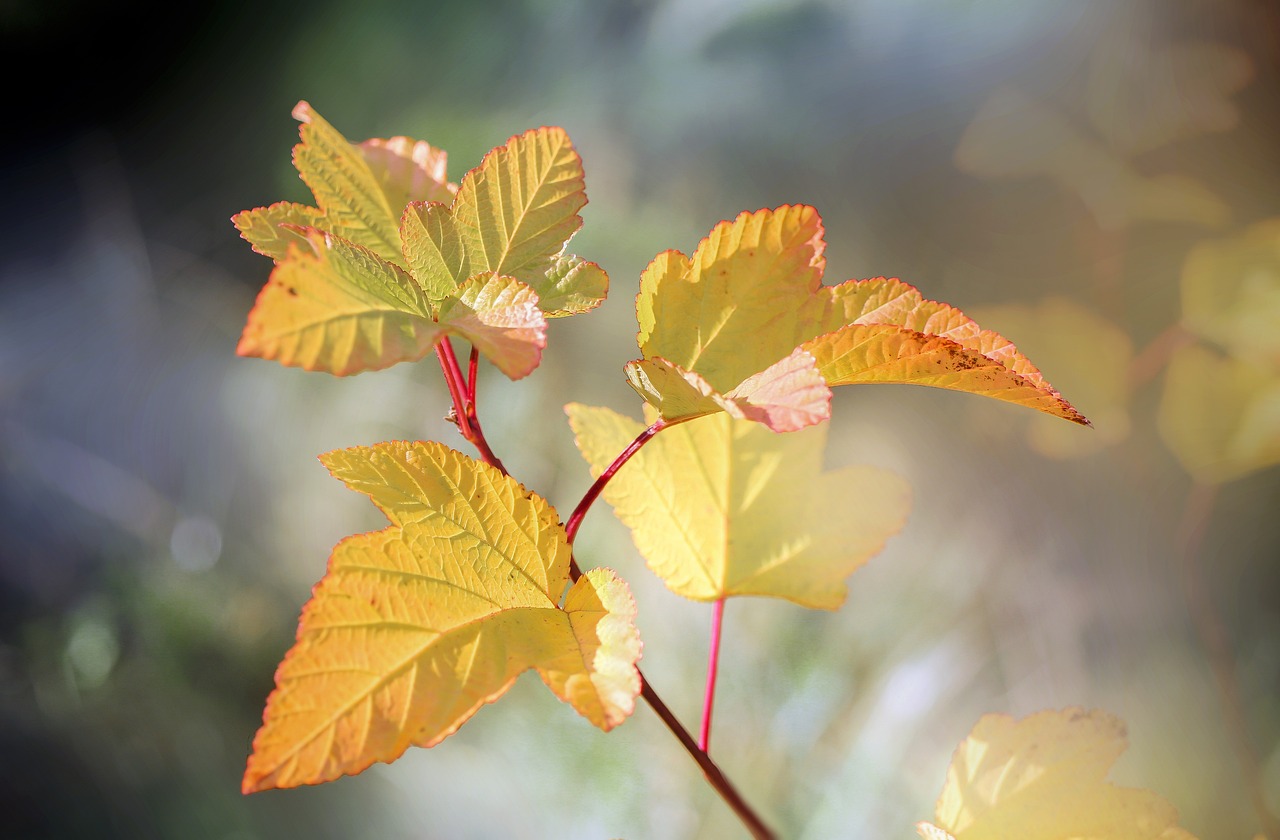
Decorative Plant Pots
Transforming ordinary plant pots into decorative pieces is not just a fun craft; it's a fantastic way for kids to express their creativity and learn about the importance of plant care. Imagine a plain, dull pot bursting with color and personality! Kids can use various materials to create unique designs that reflect their individual styles. This activity not only encourages artistic expression but also provides an opportunity to discuss the plants that will inhabit these pots and how to care for them.
To get started, gather some basic supplies that can be found around the house or easily purchased. Here’s a quick list of what you might need:
- Terracotta or plastic plant pots
- Acrylic paints or permanent markers
- Paintbrushes or sponges
- Glue and decorative items like beads, buttons, or glitter
- Sealer (if using acrylic paint)
Once you have your materials ready, the real fun begins! Kids can paint their pots in vibrant colors, create fun patterns, or even glue on decorative items to make their pots stand out. This hands-on project allows children to explore their artistic side while learning about the plants they will nurture. As they paint and decorate, you can discuss the different types of plants that thrive in pots, how to properly care for them, and even the importance of choosing the right pot size for their chosen plants.
Moreover, these decorative pots can serve as wonderful gifts for family members or friends. Imagine the pride a child feels when they give a beautifully decorated pot filled with a plant they’ve cared for! It’s a perfect blend of creativity and responsibility, teaching them how to nurture life while also expressing themselves artistically. Plus, as the plants grow, so does the sense of accomplishment and connection to nature.
Incorporating this craft into your gardening activities not only fosters a love for plants but also helps children develop fine motor skills as they paint and glue. So, gather those pots and let the creativity flow! Who knows? You might just end up with a mini garden gallery right in your backyard!
Q: What types of plants are best for pots?
A: Some great options include succulents, herbs, and flowering plants. Consider the sunlight and water needs of each plant to ensure they thrive in their new decorative homes.
Q: Can kids use any type of paint for decorating pots?
A: It's best to use acrylic paints or permanent markers, as they are durable and adhere well to the pot's surface. If using acrylic paint, consider sealing the pot with a clear sealer after it dries to protect the design.
Q: How can we make the pots weather-resistant?
A: To protect the decorated pots from the elements, apply a clear outdoor sealer after the paint has dried. This will help keep the colors vibrant and prevent peeling.

Creating a Garden Journal
Keeping a garden journal is not just a fun activity; it's a fantastic way for children to document their gardening experiences and observations. Imagine your child flipping through a colorful book filled with their own drawings, notes, and photos of the plants they've nurtured. This creative endeavor promotes observation skills and reflection, allowing kids to track plant growth, seasonal changes, and even their personal feelings about gardening. It’s like a time capsule of their green adventures!
To make the garden journal even more appealing, kids can include a variety of elements that reflect their unique gardening journey. For instance, they might want to jot down:
- The types of seeds they planted and when.
- Weather conditions and how they affected plant growth.
- Sketches of their plants at different stages.
- Notes on any pests or diseases they encountered and how they dealt with them.
By incorporating these elements, children will not only have a record of their gardening activities but also develop a deeper understanding of the natural world. As they write about their experiences, they become more attuned to the rhythms of nature, learning to appreciate the little things—like the first sprout pushing through the soil or the vibrant colors of a blooming flower.
Furthermore, a garden journal serves as a cherished keepsake that kids can look back on as they grow older. It captures their thoughts and feelings during their gardening adventures, creating a sense of nostalgia. Just think about it: years down the line, they can revisit those pages and relive the excitement of planting their first seeds or the joy of harvesting their first vegetables. It’s a beautiful way to connect past experiences with future endeavors.
Encouraging children to maintain a garden journal also fosters a sense of responsibility. They learn that gardening is not just about planting seeds and watering them; it’s about observing, documenting, and nurturing life. This practice can lead to valuable life skills, such as patience, commitment, and the ability to adapt to changing circumstances—qualities that are essential both in gardening and in life.
To help kids get started, consider providing them with a few creative prompts for their journal entries. Here are some ideas:
- Describe the most beautiful flower you’ve seen in your garden.
- What was the most surprising thing you learned while gardening?
- Draw a picture of your favorite plant and explain why you like it.
- Write about a challenge you faced in the garden and how you overcame it.
In conclusion, a garden journal is a powerful tool for children to connect with nature, express their creativity, and develop a lifelong love for gardening. It transforms the act of gardening into a multifaceted experience that goes beyond just planting seeds—it cultivates a deeper appreciation for the environment and the beauty of growth. So, grab some paper, colorful markers, and let your kids’ imaginations run wild as they embark on this exciting journey of discovery!
Q: What should I include in my child's garden journal?
A: Encourage your child to include drawings, photos, notes about the plants they grow, weather conditions, and any challenges they face. This will help them document their gardening journey effectively.
Q: How often should my child write in their garden journal?
A: It’s best to write in the journal regularly, especially after significant gardening activities like planting, watering, or harvesting. However, they can also write whenever they feel inspired!
Q: Can a garden journal be used for other subjects?
A: Absolutely! A garden journal can also serve as a science journal, where kids can record observations about insects, weather patterns, and plant biology, tying in educational elements with their gardening experiences.

What to Include in a Garden Journal
Keeping a garden journal is like having a personal treasure chest where children can store their gardening adventures. It’s a space where they can unleash their creativity, document their progress, and reflect on their experiences in the garden. So, what exactly should kids include in their garden journal to make it truly special and meaningful?
First and foremost, drawings play a crucial role. Children can sketch the plants they are growing, the insects they encounter, and even the different seasons as they change. These illustrations not only enhance their artistic skills but also help them observe the details of their garden more closely. Alongside drawings, photos can capture the beauty of their gardening journey. Snapshots of blooming flowers, sprouting seeds, or even a muddy, happy face after a day of digging can bring back joyful memories.
Additionally, it’s important for kids to jot down notes about their plants. This can include information like when they planted each seed, how much water they used, and any changes they notice over time. By keeping track of these details, children will learn valuable lessons about patience and the lifecycle of plants. They might even want to include weather observations, noting how sunshine or rain affects their garden. Such insights will deepen their understanding of how nature works.
To make the journal even more interactive, kids can create a calendar section where they mark significant dates, like planting days or harvest times. This way, they can look back and see how much their garden has grown over time. Finally, a section for reflections can be incredibly beneficial. Kids can write about what they enjoyed, what challenges they faced, and what they learned. This practice encourages critical thinking and helps them develop a connection with nature.
In summary, a garden journal should be a blend of creativity and documentation. By including drawings, photos, notes, weather observations, a calendar, and reflections, children can create a comprehensive record of their gardening experiences. This journal not only serves as a keepsake but also fosters a deeper appreciation for the environment and the art of gardening.
1. What is the purpose of a garden journal?
A garden journal helps children document their gardening experiences, track plant growth, and reflect on their learning journey. It encourages observation skills and creativity.
2. What materials do I need to start a garden journal?
All you need is a notebook or a binder, some colored pencils or markers for drawings, and a camera or smartphone for taking photos. You can also include printed weather charts or stickers for decoration!
3. How often should kids write in their garden journal?
Encourage kids to write in their journal whenever they make new observations, plant new seeds, or experience something interesting in the garden. Regular entries can help them stay engaged and excited about their gardening projects.
4. Can a garden journal be used for other activities?
Absolutely! A garden journal can also be used for documenting nature walks, exploring local parks, or even tracking other hobbies like cooking or crafting. It’s a versatile tool for any young adventurer!

Fun Garden-Themed Activities
Gardening isn't just about planting seeds and watering plants; it's a whole universe of fun waiting to be explored! Engaging kids in garden-themed activities can turn a simple garden into a vibrant playground of discovery. One exciting idea is to create a scavenger hunt. Imagine the thrill on their faces as they search for specific plants, insects, or even garden tools hidden around your outdoor space. This not only sharpens their observation skills but also gets them moving and interacting with nature in a playful way.
Another fantastic activity is to host a garden art day. Kids can gather natural materials like leaves, twigs, and stones to create beautiful art pieces. They might make leaf rubbings or paint rocks to decorate the garden. This activity encourages creativity while reinforcing the idea that nature can be both functional and artistic. Plus, it's a great way to beautify the garden, making it even more inviting!
For those who love stories, consider organizing a garden storytime. Set up a cozy spot with blankets and cushions, and read books about gardening, plants, or even whimsical tales featuring garden creatures. This activity not only nurtures a love for reading but also deepens their connection to the plants and environment around them.
Lastly, don't forget about cooking! Involve your kids in preparing meals with the fruits and vegetables they've grown. This can be an exciting way to teach them about healthy eating and the journey from garden to table. They can even help plan a garden-to-table dinner, where they choose recipes based on what they’ve harvested. It's a delicious way to celebrate their hard work!
Incorporating these fun garden-themed activities into your gardening routine can transform the experience from mere planting to a delightful adventure filled with learning, creativity, and joy. So, roll up those sleeves, grab some gardening tools, and let's make some memories in the garden!
Q: What age is appropriate for kids to start gardening?
A: Kids as young as 2 years old can start gardening with simple tasks like planting seeds or watering plants. Tailor the activities to their age and abilities to ensure they enjoy the experience.
Q: How can I keep my child engaged in gardening?
A: Keep the activities varied and fun! Try different crafts, games, and even cooking with the produce they grow. Celebrate their achievements and encourage them to take ownership of their garden space.
Q: What are some easy plants for kids to grow?
A: Some easy plants for kids include sunflowers, beans, and herbs like basil and mint. These plants grow quickly and can provide instant gratification for young gardeners.
Q: How can I make gardening educational?
A: Incorporate lessons about plant biology, ecosystems, and even cooking. Use a garden journal to track growth and changes, and encourage kids to ask questions and explore their curiosities.
Frequently Asked Questions
- What are the benefits of gardening for kids?
Gardening offers a multitude of benefits for children! It helps improve their physical health by encouraging outdoor activity and provides a fantastic way to learn about responsibility. Kids also develop creativity as they engage in hands-on projects and learn to appreciate nature. Plus, gardening can enhance their observation skills and teach them valuable life lessons about patience and nurturing.
- What materials do I need for making seed bombs?
Creating seed bombs is super simple! You’ll need clay, compost, and wildflower seeds. These materials are easy to find and can often be sourced from your backyard. Just mix them together, form small balls, and let them dry. It’s a fun way for kids to learn about plant growth while getting their hands a little dirty!
- How can kids keep a garden journal?
A garden journal is a fantastic way for kids to document their gardening adventures! They can include drawings, photos, and notes about the plants they’re growing. This personalized touch not only makes the journal special but also encourages kids to reflect on their experiences and track changes in their garden over time.
- What are some fun garden-themed activities for kids?
There are so many exciting activities to explore! Kids can play gardening-themed games, participate in scavenger hunts in the garden, or even create nature art using leaves and flowers. These interactive experiences keep them entertained while reinforcing their knowledge about plants and the environment.
- Are there any safety tips for kids while gardening?
Absolutely! Always supervise younger children when they’re using tools, and teach them the importance of wearing gloves to protect their hands. It’s also essential to explain which plants are safe to touch and which are not. By instilling these safety habits early on, kids can enjoy gardening while staying safe!



















